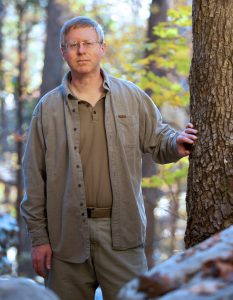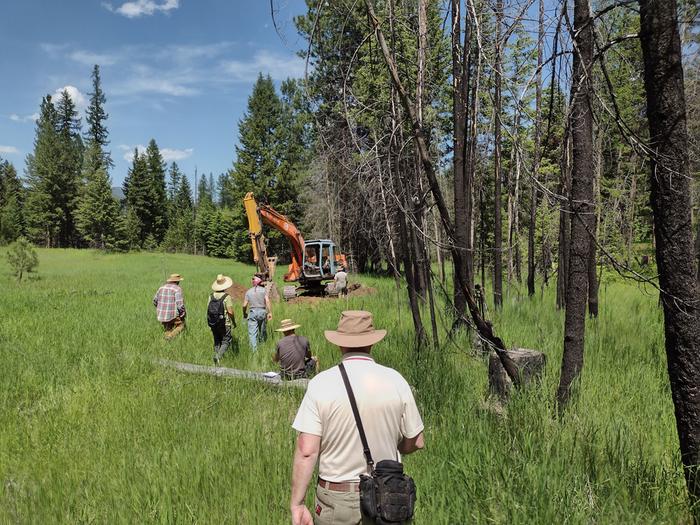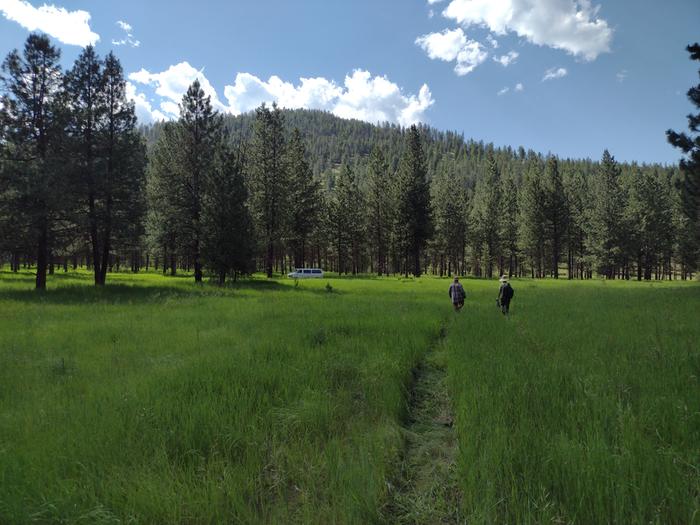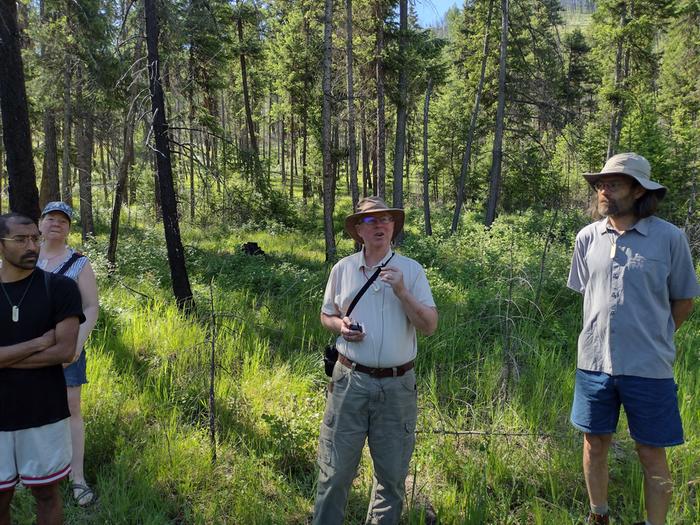
 6
6








 6
6




Like my shiny badges? Want your own? Check out Skills to Inherit Property!
 4
4




 7
7




Beau Davidson wrote:How much of a grade is required for a spring terrace to function? Is it a dramatically-sloped-land only sort of technique?
Executive Director and Lead Instructor, Institute of Integrated Regenerative Design
 2
2




 3
3




Permaculture and Homestead Blogging on the Traditional Catholic Homestead in Idaho! Jump to popular topics here: Propagating Morels!, Continuous Brew Kombucha!, and The Perfect Homestead Cow!
 5
5




Dave Dahlsrud wrote:With all things being equal on a project like this (I e. appropriate soil conditions, etc) would it be best to install terraces on the shorter &steeper vs longer w/ less slope aspect of the property? The property I'm working on is approx 336 ft by 660 ft, just trying to develop enough water flow to establish and orchard. Similar climate as Missoula but less heat in the summer/ cold in the winter.
Executive Director and Lead Instructor, Institute of Integrated Regenerative Design
 9
9




Executive Director and Lead Instructor, Institute of Integrated Regenerative Design
 4
4




 2
2




Moderator, Treatment Free Beekeepers group on Facebook.
https://www.facebook.com/groups/treatmentfreebeekeepers/





 7
7




Peter Chan wrote:This concept is very new to me. Why do you need terraces? Why not just install a pipe on the second (bottom) half of a hill?
Executive Director and Lead Instructor, Institute of Integrated Regenerative Design
 8
8




Michael Cox wrote:Is the objective to get a set of these built at the labs? I'm really keen to learn how this turns out. I'm not aware of anyone other than Sepp trying this and getting good results. I worry that his write up may be a quirk of his geology.
Executive Director and Lead Instructor, Institute of Integrated Regenerative Design
 5
5








 3
3







 4
4




Moderator, Treatment Free Beekeepers group on Facebook.
https://www.facebook.com/groups/treatmentfreebeekeepers/





 5
5












Daniel




Daniel
 3
3




Daniel Kaplan wrote:I saw links to the PTJ and a thread on Sepps spring but nothing in this project. Did y'all get water?
Daniel
Daniel Kaplan wrote:Has anyone else tried this successfully?

|
Anything worth doing well is worth doing poorly first. Just look at this tiny ad:
Play Your Way to a Sustainable Lifestyle: Uncover Permaculture Principles with Each Card
https://gardener-gift.com/
|





